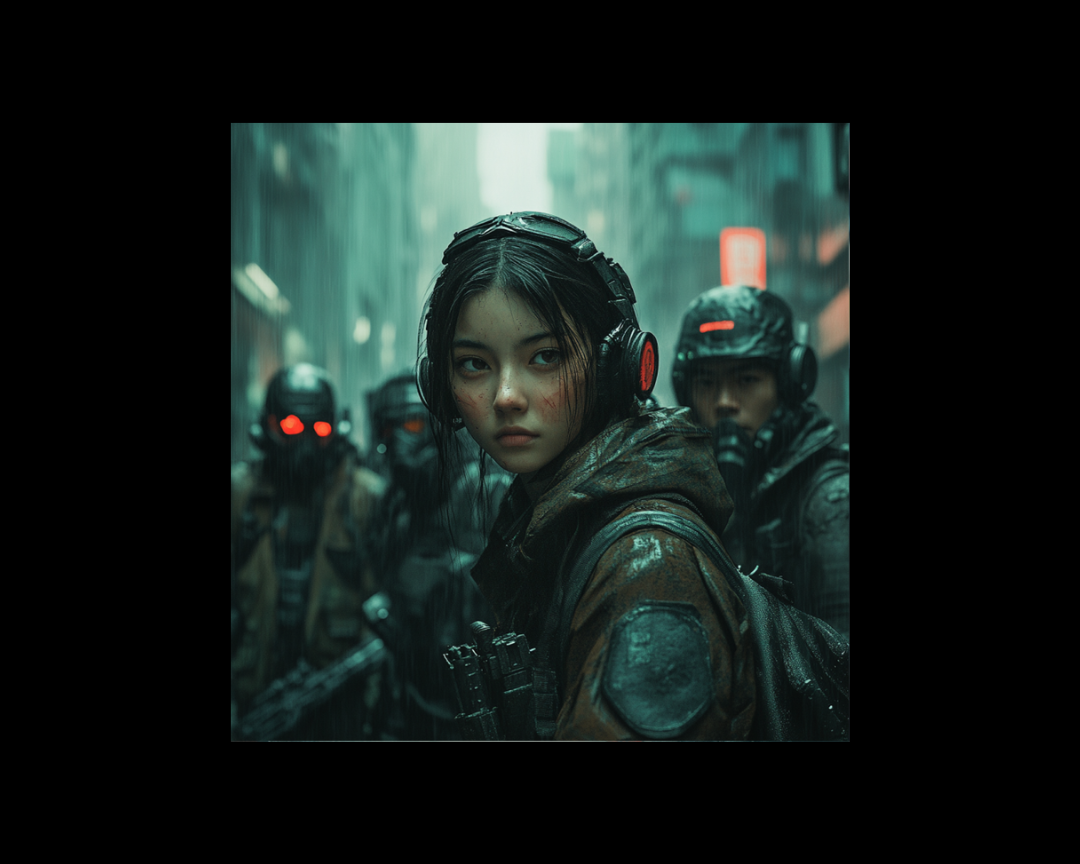2 min read
Best Practices for B2B Marketers Targeting the Tech Community
Targeting the developer and tech community can be as complex as a piece of elegant code. This niche is discerning, inherently skeptical of...
.png)
In 1898, businessman and psychologist E. St. Elmo Lewis introduced the idea that customers move toward a purchase decision in a funnel rather than a straight line. This concept of the marketing funnel has been a foundation for marketers for over a century. However, the marketing funnel isn't as straightforward for B2B businesses, especially those dealing with technical products. Since decision-makers and internal experts are the ultimate targets of B2B marketing, treating all visitors the same can negatively impact your brand.
Most B2B companies overlook the importance of the marketing funnel. Nearly three in four businesses (68%) have never tried to identify or implement the stages into their marketing processes. The good news is, repositioning your marketing funnel doesn’t have to be complicated. By equipping your B2B strategy with a few general guidelines, you can easily scale your marketing efforts to address top, middle, and bottom-funnel customers.
The concept of a marketing funnel is simple at first glance – it’s about labeling customer relationships and understanding how they change. Just like real-life funnels in weather, cooking, or mathematics, marketing funnels direct a large number of prospects into a smaller, more focused group of qualified leads.
The average marketing funnel has a conversion rate of 3.1% to 5%, depending on the industry and marketing efforts. You can retain 36% more customers by nurturing leads through the proper stages. Effective B2B funnels close deals six times faster than companies that aren’t using a funnel.
Typically, there are four stages in a B2C funnel:
Most visitors begin at the Awareness stage — they’re just beginning their relationship with your brand. This progresses through Interest, Desire, and finally to a purchase decision in the Action stage. However, the B2B model is much more complex.
B2B marketing funnels must adapt the B2C approach to technical decision-makers and C-suite executives. They usually operate under specific use cases and take much longer to close a deal, often up to 84 days on average. There are typically six B2B funnel stages:
There are three major differences between B2B and B2C funnels:
B2B marketing funnels and B2B content marketing funnels are similar but not identical. Marketing funnels focus on active leads interested in purchasing your product or service. Content marketing funnels may capture audience members who don’t yet know your product but are exploring solutions.
There are three major stages in the B2B content marketing funnel:
ToFU content targets the widest audience. These individuals may not know your company but are exploring solutions you offer. Examples include:
MoFU content targets audiences familiar with your market and somewhat aware of your brand. They’re not necessarily ready to buy but understand the industry jargon. Examples include:
BoFU content targets audiences ready to buy. They may be considering switching from another solution or making a purchase. Examples include:
Some B2Bs also use RoFU (Retention of Funnel) content to keep customers engaged after conversion. This includes guides, product updates, and industry news.
Using the marketing funnel correctly within your B2B strategy is more than just a best practice. It can dramatically boost customer traffic, product interest, and your profit margin. Here are some practical applications:
The B2B marketing funnel can impact all areas of your business. With it, content teams create more efficient value, head marketers nurture more targeted campaigns, and B2B customers at all levels of engagement are encouraged to interact with your brand. Understanding the B2B buyer’s journey is just the first step in refining your marketing process. For early-stage startups or scaling businesses, starting off on the right foot is paramount to success.
.png)
2 min read
Targeting the developer and tech community can be as complex as a piece of elegant code. This niche is discerning, inherently skeptical of...

6 min read
Let's start with some brutal honesty: most B2B demand generation services aren't worth the pixels in their fancy proposal decks. They promise...

Traditional marketing is losing its edge.Audiences are oversaturated, ad-blind, and increasingly resistant to top-down messaging. Blanket campaigns...